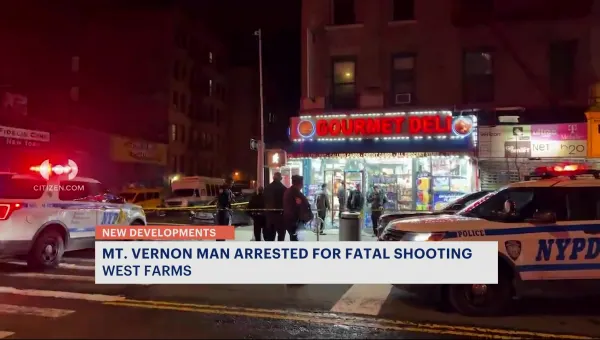More from News 12
1:55

NYPD: 19-year-old fatally stabbed after parking dispute in Morris Heights; person of interest in custody
2:08
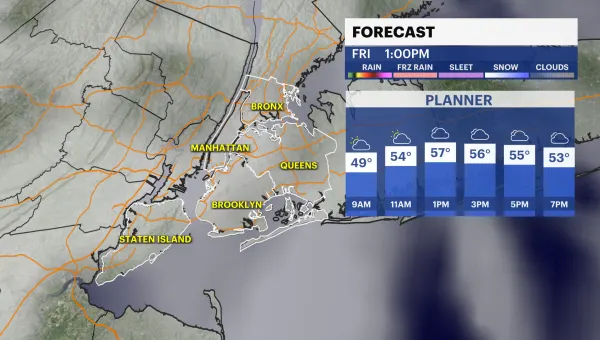
Early-morning patchy fog, cool and cloudy weather for Friday
1:51
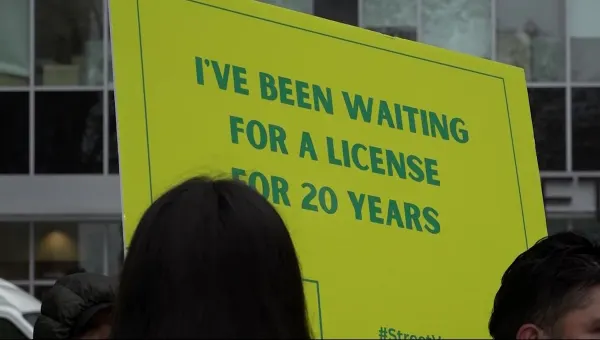
Vendors rally to demand accessible vendor licenses and permits after DSNY crackdowns
1:54
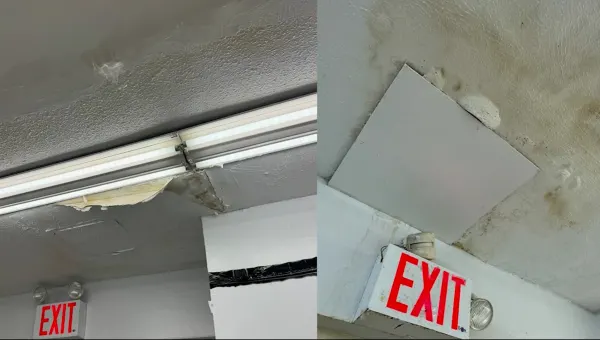
Morrisania tenants taking legal stance against building’s management
2:11

Bronx Zoo celebrates 125 years of bringing joy to New Yorkers
2:04
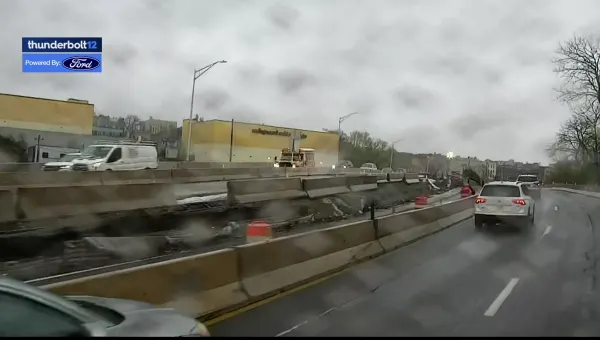
Bronx River Parkway undergoes construction; prepare for traffic delays
1:53
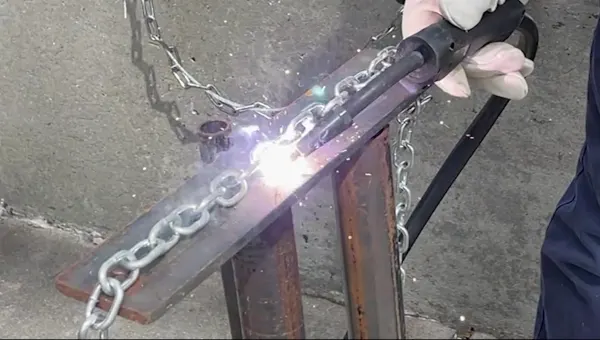
Bronx man hard at work to fight off catalytic converter thieves
0:26
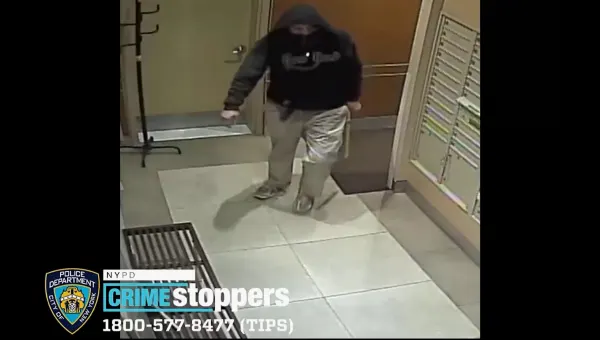
NYPD: Man wanted for breaking into Bronx building twice in 10 days
0:24

Police: Man steals 77-year-old's wallet at Chase Bank in Kingsbridge
0:23

Spring Arrival: Hummingbirds heading to New York
2:19
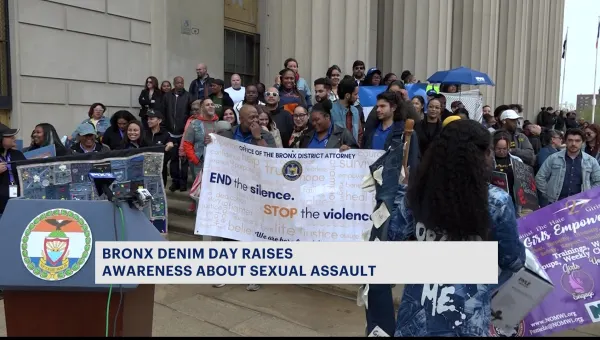
Denim takes over Bronx Borough Hall for day dedicated to raising sexual assault awareness
1:34
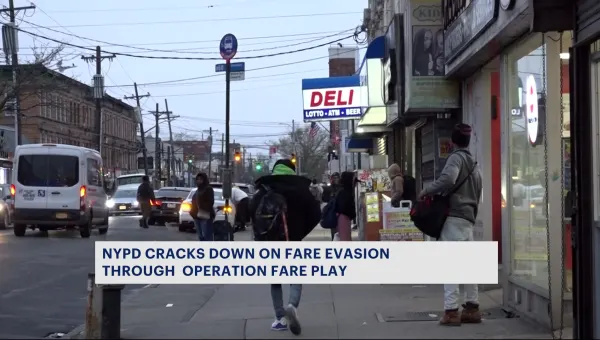
NYPD says new campaign has lowered crime citywide; some New Yorkers don’t buy it
2:09
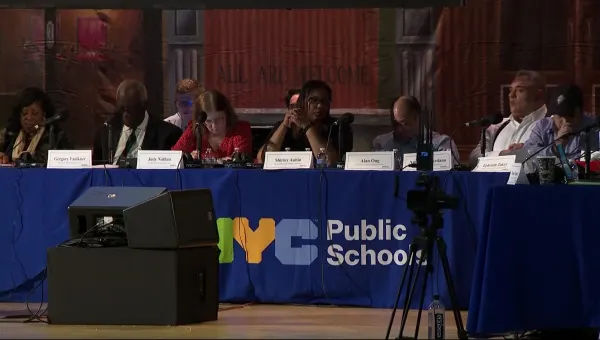
Federal civil rights complaint filed against NYC Public Schools Athletic League
2:10
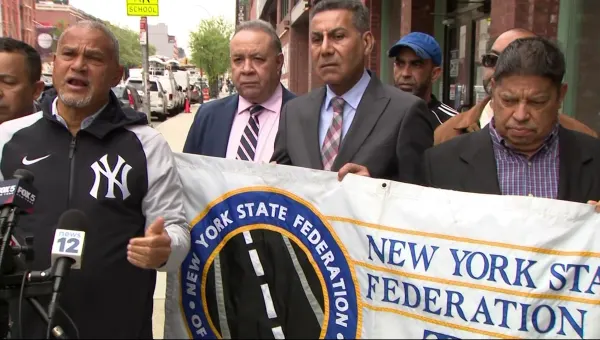
NYS Federation of Taxi Drivers offer $5,000 reward after string of carjackings and robberies
2:13
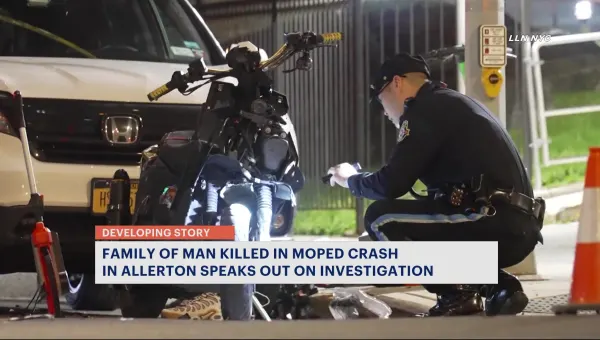
Police: 34-year-old motorcycle driver dies in crash with SUV, parked car
2:21
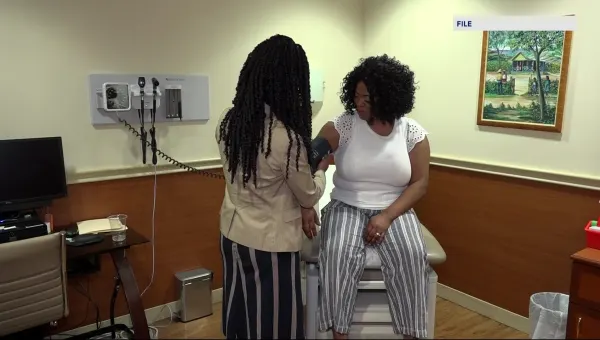
Bronx advocates closer than ever to opening birthing center
1:51
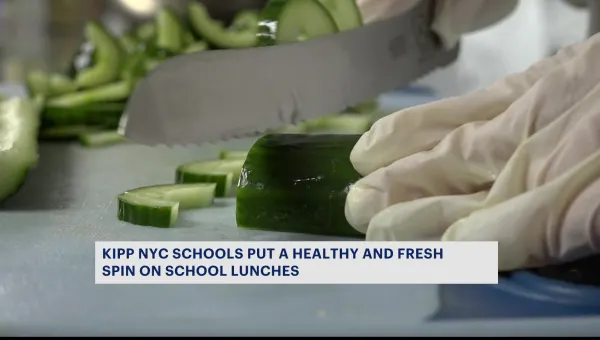
NYC charter school system serving school lunches made from scratch
2:39
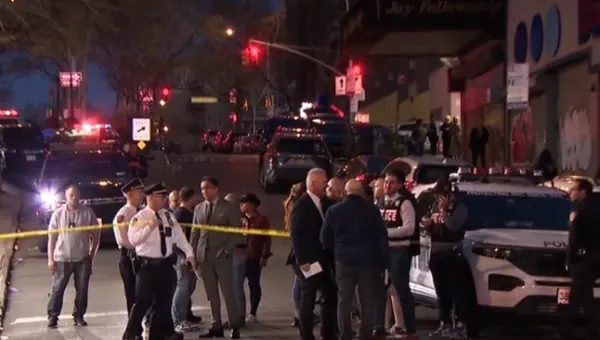
Man fatally shot in Mount Eden identified by police
1:42

NY Road Runners announce new initiative with NYC Public Schools
0:33
